Uncategorized
-
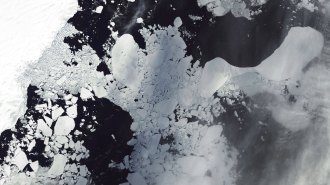 Climate
ClimateAn unexpected ice collapse hints at worrying changes on the Antarctic coast
The Conger Ice Shelf disintegrated in 2022. Satellite data leading up to the collapse hint at worrying changes in a supposedly stable ice sheet.
By Douglas Fox -
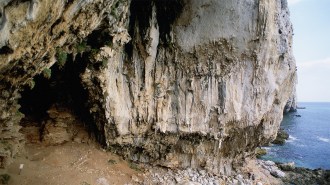 Archaeology
ArchaeologyNeandertals may have built a hearth specifically to make tar
Findings from a cave in Gibraltar suggests Neandertals may have used complex fire structures to obtain adhesives from plants.
-
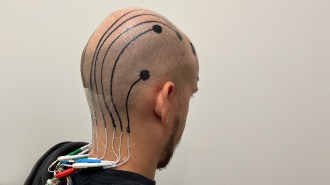 Neuroscience
NeuroscienceElectronic ‘tattoos’ offer an alternative to electrodes for brain monitoring
A standard EEG test requires electrodes that come with pitfalls. A spray-on ink, capable of carrying electrical signals, avoids some of those.
-
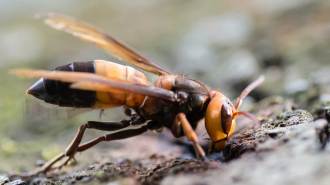 Animals
AnimalsGiant hornets have been sighted in Europe for the first time
Four southern giant hornets have turned up in Spain. Similar stingers, known for honeybee attacks, had the Pacific Northwest on edge a few years ago.
By Jake Buehler -

Re-engineering where body meets machine
Editor in chief Nancy Shute dives into growing research efforts to re-engineer the body to improve how it interacts with prosthetic devices.
By Nancy Shute -

-
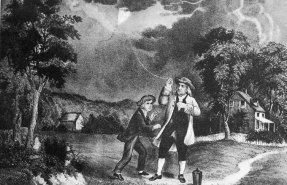 Science & Society
Science & SocietyA new biography of Benjamin Franklin puts science at the forefront
Richard Munson’s new book, Ingenious, shows how scientific research inspired the founding father’s diplomacy.
-
 Particle Physics
Particle Physics50 years ago, physics underwent a major revolution
The discovery of new subatomic particles cemented quarks as a cornerstone of the standard model of particle physics.
-
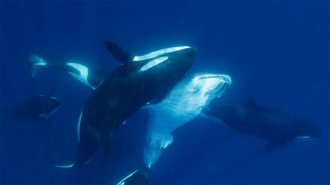 Animals
AnimalsVideos capture orcas’ tricks for taking down the largest fish on Earth
Citizen science videos document for the first time how orcas coordinate an attack against whale sharks.
By Susan Milius -
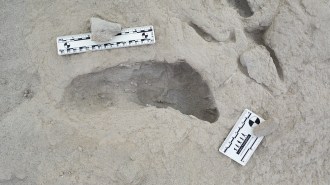 Anthropology
AnthropologyFootprints offer a rare look at ancient human relatives crossing paths
The imprints put flat-footed and arched-foot walkers together at a prime spot in East Africa.
By Bruce Bower -
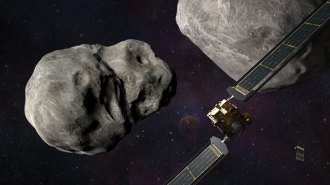 Space
SpaceWhat will it take to defend the world from an asteroid?
In How to Kill an Asteroid, Robin George Andrews looks at the successes and shortcomings of planetary defense.
By Shi En Kim -
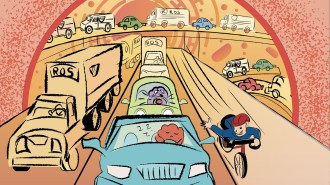 Health & Medicine
Health & MedicineSluggish proteins may underpin aging and chronic disease
Sticky, sluggish proteins with “proteolethargy” may be a common denominator underpinning life’s ailments.
By Elie Dolgin